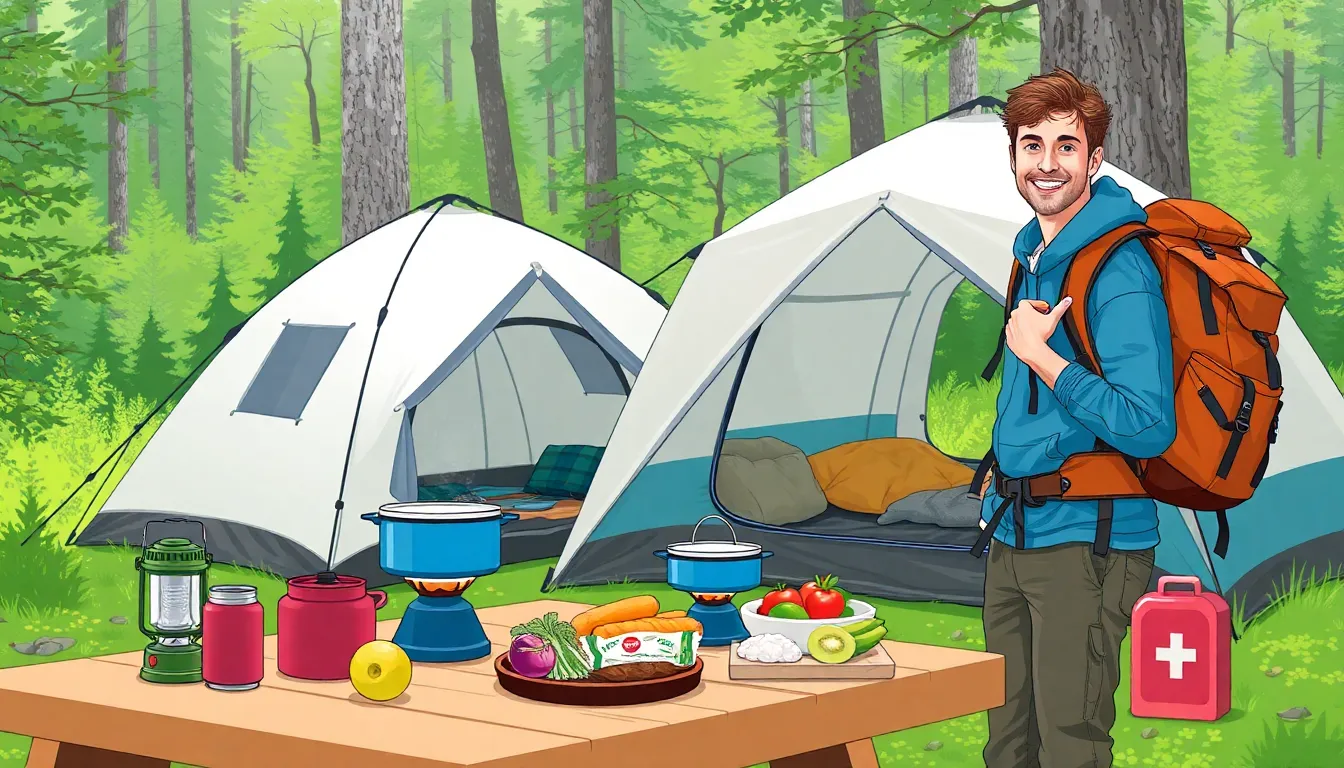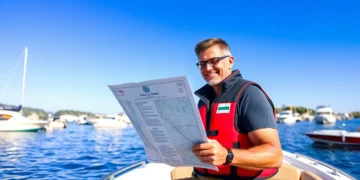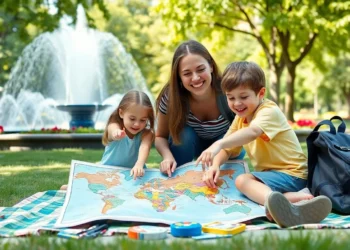Planning a camping trip can feel like preparing for a grand expedition, minus the compass and the risk of encountering a bear. It’s all about finding the perfect balance between adventure and comfort. Whether it’s your first time under the stars or you’re a seasoned pro looking for new thrills, the right planning can turn a simple getaway into an unforgettable experience.
How To Plan A Camping Trip
Camping involves multiple elements. It requires thought on style and location to ensure enjoyment and comfort.
Choosing the Right Camping Style
Consider preferences when selecting a camping style. Tent camping provides a traditional feel but comes with setup time. RV camping offers convenience with amenities like kitchens and bathrooms. Backpacking emphasizes simplicity, focusing on lightweight gear and mobility. Group camping caters to social experiences, often involving larger equipment and communal activities. Individuals exploring unique lifestyles might choose cabin or glamping options, which blend comfort with nature. Familiarity with various styles helps make informed decisions that enhance the overall camping experience.
Selecting a Destination
Identify goals when selecting a camping destination. National parks like Yellowstone and Yosemite offer vast landscapes and organized facilities. State parks provide accessible natural beauty with fewer crowds and lower costs. Consider nearby forests or lakes for convenient escapes with outdoor activities. Research local regulations and amenities to ensure the site meets needs. Proximity to hiking trails, water sources, and recreation options contributes to a fulfilling camping adventure. Evaluating weather conditions and seasonal factors can enhance experiences at chosen destinations.
Preparing for Your Camping Trip

Preparation ensures an enjoyable camping experience. Gathering the right gear and planning meals plays a vital role in achieving that comfort.
Gathering Essential Gear
Select camping equipment based on the type of camping chosen. Essential items include tents, sleeping bags, cooking gear, and appropriate clothing. Ensure a reliable map and a first aid kit are part of the essentials. Check the weather to pack suitable gear for various conditions. Include accessories like lanterns, multi-tools, and insect repellent, which enhance the camping experience. When purchasing a tent, consider its size and season rating to match expected weather. Organize gear in an accessible way to facilitate a smooth setup at the campsite.
Planning Your Meals
Meals contribute significantly to the camping experience. Create a meal plan focusing on easy-to-cook options. Include items like pre-packaged meals, canned goods, and fresh fruits. Ensure adequate snacks like trail mix and granola bars for quick energy boosts. Opt for a portable stove or a grill for cooking. Remember to pack sufficient utensils, plates, and cups to simplify dining. Bring plenty of water and gauge the need for water purification systems based on destination. Storing food in airtight containers helps keep pests away and maintains freshness.
Setting Up Camp
Selecting a campsite and setting up a tent are crucial for a successful camping trip. These steps enhance comfort and safety during the adventure.
Choosing the Perfect Campsite
Researching various campsite options aids in making the best choice. Consider factors like proximity to water, availability of shade, and ground level when selecting a site. Look for an area that’s flat and free of debris. This minimizes discomfort and optimizes tent stability. Ensure camping regulations are followed, particularly regarding distance from trails and water sources. It’s vital to prioritize environmental impact by leaving no trace. Test the site for wind direction, as natural windbreaks can enhance comfort.
Setting Up Your Tent
Selecting the right spot for your tent directly affects your experience. Start by laying down a footprint or tarp to protect the tent’s floor from moisture and damage. Assemble the tent following manufacturer guidelines to ensure stability. Secure stakes at an angle for added support while keeping the tent taut. Consider ventilation by positioning openings away from the wind, which reduces condensation. Storing gear inside the tent keeps it protected and organized. Checking the weather forecast highlights any adjustments needed for protection against elements.
Safety and Preparedness
Safety and preparedness are crucial for an enjoyable camping experience. Anticipating challenges enhances the overall adventure.
Understanding Weather Conditions
Monitoring weather conditions plays a key role in camping safety. Checking forecasts helps in planning daily activities and preparing gear accordingly. For instance, rain gear becomes essential if rain is predicted. Paying attention to temperature changes ensures campers dress appropriately, reducing the risk of hypothermia. Wind and storm alerts also require immediate action, prompting campers to secure their site. Ultimately, understanding weather patterns promotes informed decisions, aiding in a successful trip.
First Aid and Emergency Kits
Packing a comprehensive first aid kit is vital for any camping trip. This kit should contain basic supplies, including adhesive bandages, antiseptics, and gauze pads. In addition, medications like ibuprofen or allergy relief are important for dealing with common ailments. Preparing for emergencies requires including specific items like a whistle, flashlight, and multi-tool for quick access. An emergency contact list, with local emergency numbers, can be pivotal during crises. Regularly checking and updating the contents ensures readiness for unexpected situations.
Enjoying Your Camping Experience
Camping offers numerous opportunities for adventure and relaxation. Engaging in activities enhances the experience significantly.
Activities to Engage In
Hiking through scenic trails promotes physical fitness and showcases breathtaking views. Fishing in nearby lakes provides a rewarding challenge and a nice meal option. Campfire storytelling fosters connections and entertains everyone at night. Stargazing becomes an enchanting activity thanks to natural light pollution reduction. Play games like frisbee or capture the flag to enjoy leisurely days outdoors. Exploring the area by biking encourages adventure and discovery of hidden gems nearby.
Respecting Nature
Respect for nature remains vital during a camping trip. Following Leave No Trace principles helps protect ecosystems. Staying on designated trails minimizes the impact on wildlife habitats. Campers should dispose of waste properly, utilizing designated bins or packing trash out. Observing wildlife from a distance ensures safety for both animals and people. Additionally, minimizing noise levels fosters a peaceful environment for everyone to enjoy the serenity of nature. Using eco-friendly products contributes to preserving the environment, allowing future campers to experience the beauty of the outdoors.
Conclusion
Planning a camping trip is an exciting endeavor that can lead to unforgettable memories. By carefully considering personal preferences and selecting the right camping style and destination, campers can tailor their experience to suit their needs.
Preparation is key to ensuring comfort and safety. From gathering essential gear to planning meals and understanding weather conditions, every detail contributes to a successful outing.
Embracing outdoor activities and respecting the environment enhances the overall experience. With thoughtful planning and a spirit of adventure, anyone can enjoy the beauty of nature while creating lasting connections with friends and family.









